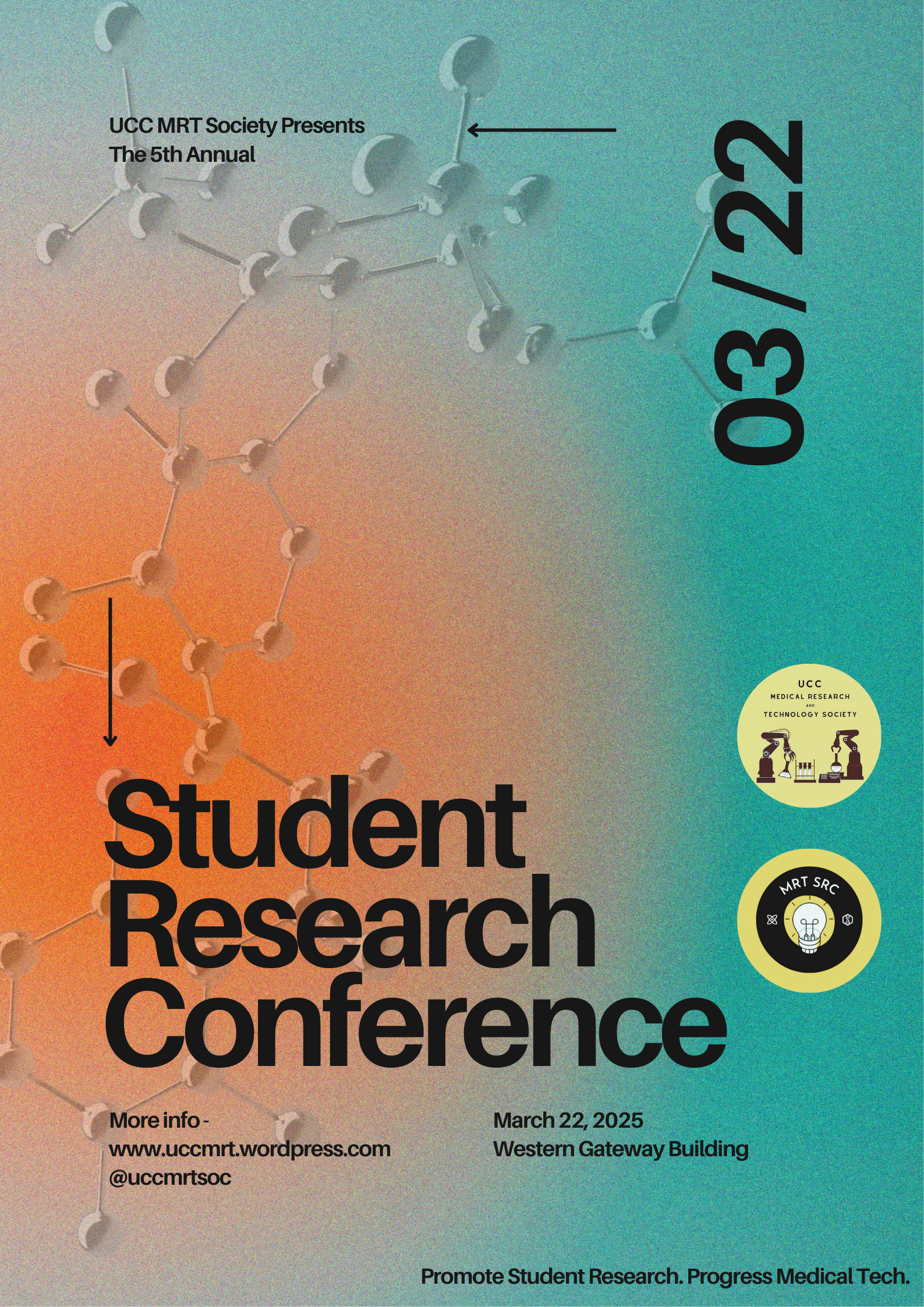A re-audit of polypharmacy recognition in older patients on admission to an acute hospital
DOI:
https://doi.org/10.33178/SMJ.2025.1.33Abstract
Background: Polypharmacy has a high overall prevalence of approximately 37%. Left unrecognised, polypharmacy can increase the risk of drug-drug interactions and lead to prescribing cascades. Prompt recognition and management of polypharmacy is essential as it may represent a reversible cause of a patient’s symptoms.
Methods: A re-audit of polypharmacy recognition in Bantry General Hospital was performed. Patients were included if they were aged seventy-five years or older, prescribed 5 or more medications on admission and were in-patients during a 24-hour period on the 10th of September 2024. The presence or absence of polypharmacy as a diagnosis was recorded.
Results: 25 patients were identified as eligible for inclusion. 17 male patients (68%) and 8 female (32%) were included. The median age was 82 years old and ages ranged from 75-99. Polypharmacy was included as a diagnosis in only one of the 25 patients’ admissions (4%), this is a marginal increase from 0 (0%) in the previous audit. The mean number of medications observed was 8.76 (2.7% less than the previous audit). The number of medications prescribed ranged from 5 – 15. The maximum number of prescribed medications reduced from 21 to 15 in the re-audit.
Conclusion: Marginal improvements in the volume of polypharmacy and polypharmacy documentation were observed in this re-audit, however, further efforts are required to reduce this problem. It is important to recognise and document polypharmacy in older patients to reduce the potential for adverse outcomes.

Downloads
Published
Issue
Section
Categories
License
Copyright (c) 2025 Matthew Cronin, Ivanna McMahon, Ahmed Ibrahim, Nurul Azizan, Rizwan Aziz

This work is licensed under a Creative Commons Attribution-NonCommercial 4.0 International License.









